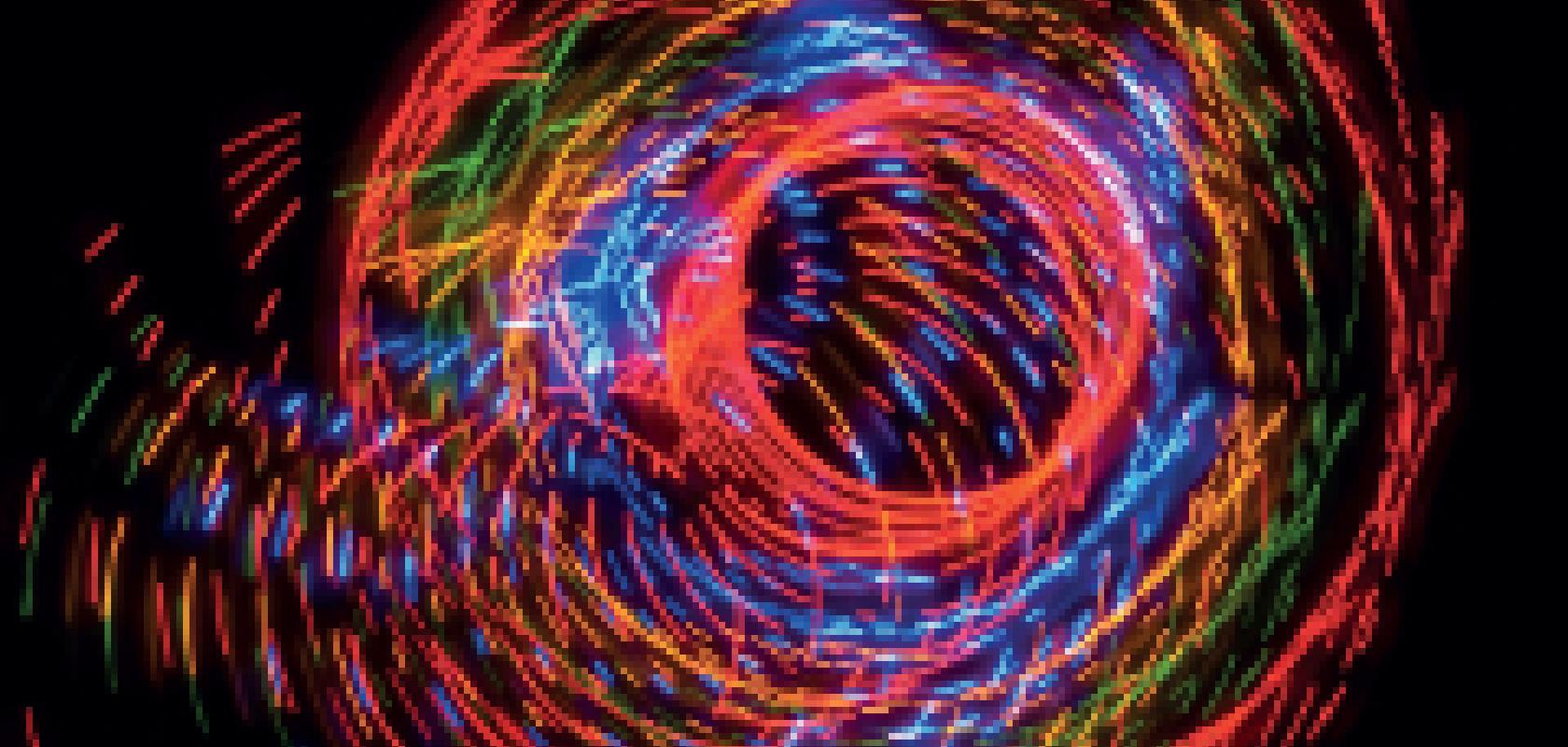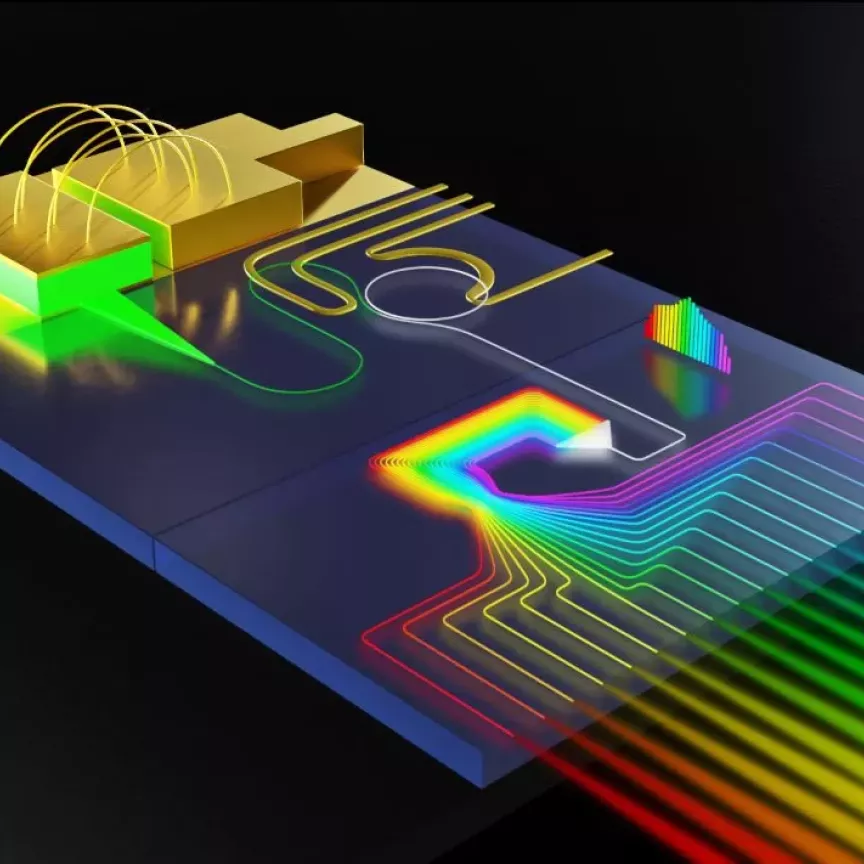In physics, more power means more work and so it is with lasers: the more power you have, the more work can be done in a given time. Diode lasers are no different and the remorseless rise in power is leading to an expansion in the applications and their ability to compete with traditional processes.
‘The highest power we have is 20kW. That 20kW was released earlier this year; prior to that, our previous limit was 15kW. There is a technology push and a market pull,’ explains Gary Broadhead. He is the industrial lasers sales director for Laser Lines, the UK distributor of industrial and scientific lasers and accessories, based in Banbury. Broadhead adds: ‘The tech that has enabled us to keep increasing the power output is the availability of higher powered diode bars.
‘We were using 30W bars in the 1990s, 120W bars in about 2006, about 2009 it was 150W bars and we are now at 200W bars,’ says Broadhead. ‘The ability to deliver higher and higher power comes from the higher power bars. Our roadmap would point to something more powerful in the years to come.’ With higher-power bars, fewer are needed – potentially bringing down the cost of existing systems of a given power output, while making more powerful systems cheaper. One drawback that Broadhead highlights is the decrease in beam quality as power goes up, due to combining many bars. ‘People will want to increase power but won’t decrease beam quality at the same time,’ he says, highlighting one process where this is an obstacle. ‘We’re dabbling with cutting, but it is not our mainstream application. The weakness we have is that we don’t have good enough beam quality – we can’t focus to that tiny spot. We can cut, but we can’t achieve the quality people want.’ Instead, the more powerful diode lasers are being used for heat treatment, covering a large spot size. This can be used for cladding, some welding, hardening and providing more ductile areas to a metal part. The example Broadhead gives is of hot stamped parts that are very strong, but are not very ductile. By heat-treating the part with a laser, increased ductility can be added.
Coherent is another company that sees specific applications requiring large spot sizes as appropriate for the use of direct diode lasers. Klaus Kleine, director of product line management for diode and fibre lasers, explains: ‘Our goal is to lower the laser cost and to compete with those more lower-cost, traditional, non-laser processes such as arc welding.’ Coherent offers 8kW lasers and it has two approaches: scaling up by using multiple emitters in diode bars, or by stacking the diode bars together. ‘The most efficient way is not to package single emitters,’ Kleine explains. ‘We would use diode bars and, in doing that, you package multiple emitters on one heat sink at once and you can stack them over each other and make up to 20 bars in a stack.’ For the 8kW system, Coherent stacks six of those diode stacks. ‘For many applications, you need a big spot and high average laser power for applications targeting laser cladding and heat treatment with a beam that is, on average, bigger than 6mm in diameter or 6mm x 6mm in a square.’
At French diode-pumped solid-state laser maker Quantel, the company’s programme and diodes director Olivier Rabot sees a high power diode laser market where the technology is developing so fast it is improving at a greater rate than the market can grow.
He explains: ‘Ten years ago we were selling multi-bars at a range of $1000 dollars per bar. Now it is $200 dollars, and the bar is providing four or five times more energy so we need far fewer bars to provide the same performance. In the last 10 years we have moved to $10 per Watt and now to $1 per Watt; we already have 500W per bar and there are very limited drivers, so there is no real market.’
Quantel has now achieved 500W per bar at the wavelengths of 880nm and 949nm and it is qualifying a bar for 808nm, which Rabot says has a very high brightness. It is persevering with the technology despite the limited market on offer: ‘There are too many people in this market with a total amount of bars decreasing [because their power is increasing], so I don’t see a real opportunity to make much business because of that. There is no technical issue, there is just not enough of a market.’
The hope is that, over the next decade the landscape will change – but a recent failed US government project in the form of Lawrence Livermore National Laboratory’s laser inertia fusion programme has, in Rabot’s view, stymied the market for the immediate future. ‘Livermore did not achieve ignition last year, so that destroys the high-energy laser market a little bit. All those people may not get the funding they need for prototypes for high-efficiency, high-energy lasers for ignition. This is a big issue for me.’
One of the companies delivering the technology for ever more powerful lasers is De Beers’ subsidiary Element Six. The synthetic diamond manufacturer provides diamond as a heat-sink and for optical applications.
Adrian Wilson, the company’s head of technologies division, says: ‘Thermal conductivity is extremely relevant to optical applications. One of the challenges with laser systems above about 6kW is that existing materials such as zinc celenide have a certain degree of absorption.’ That absorption leads to heat that breaks down the optic, creating lensing effects. The material’s crystalline lattice starts to degrade and the whole optic disintegrates – but, with diamond’s high thermal conductivity, optics made of nature’s hardest material can cope.
‘We have literally driven test samples up to megawatts of power,’ explains Wilson, ‘and you don’t get any lensing effects either, so you can have a very clean optical path and rapidly dissipate the heat. It is the enabler for high-power laser systems.’
A clear optical path is not always what is wanted, however. As Wilson explains, even with diamond optics, ‘what you have to do is coat the diamond in an anti-reflective coating to prevent any backscatter. Now the industry has to go to bigger diameters because there are only so many photons per unit of area the films can manage before they break down.’ Those photons per unit of area are linked to the spot size, which is larger with more powerful lasers.
For dissipating the general heat from a laser, Wilson points to the properties of diamond as another solution. ‘The heat builds up in the diode and it starts to break down, and that is why diodes have relatively short lives. We work with customers that use diamond as a heat-spreader.’
Stuart Nunn, technical sales engineer at Laser Components, sees other technical developments as also being advantageous. ‘The general trends in the market are not necessarily higher power, but for safer wavelengths; instead of 905nm our 1550nm lasers could be used,’ says Nunn. But Laser Components does supply up to 220W peak power, because peak power is what the customers are concerned about. ‘For us to meet that market demand, we introduced pulsed laser diodes, with high peak power. It is the average power that heats up the diode and reduces its lifetime.’ His company uses laser diodes produced by its Canadian arm. ‘They are made at Laser Components in Canada, they are pulsed lasers diodes, so they are designed for 0.1 per cent duty cycle. The reason they are designed this way is that many applications require the high peak power of a laser diode, but not necessarily high average power,’ says Nunn. Other trends include fibre-pigtailed diodes: ‘Not just with the pulsed laser diodes you may see from other manufacturers; the trend is pigtailed or fibre-delivered for continuous wave operation.’
While new wavelengths and fibre laser uses are new directions for higher-power diode lasers, the European Union is funding research to end the spot size problem and bring high brightness to diodes. This will enable the diodes to compete in cutting and improve its welding capabilities for sheet metal. Brilliant Industrial Diode Laser (BRIDLE) is a three-year project that aims to use high-brightness mini-bars, and their beams will be combined to deliver up to 40x increases in the total brilliance. ‘This project is coordinated by Dilas,’ says the company’s sales and marketing director, Jorg Neukum. BRIDLE began in 2012 and ends in August 2015 and its total funding is €4.3 million. BRIDLE’s diode laser will have a power greater than 2kW from a 100µm diameter (NA <= 0.15) optical fibre and efficiency above 40 per cent. This is no small feat as the laser will be two and a half times more powerful, 10 times brighter and 1.7 times more efficient than the best spectral beam combined diode laser. It will also be 30 times brighter than conventional diode lasers. One of the ways it will achieve this is by reducing the cost and complexity of the optical system by integrating optics inside the mini-bars.
Whether or not BRIDLE achieves all its goals, diode lasers have already made a great deal of progress with lower costs and higher power outputs. They are a favoured technology for a variety of applications and will continue to present a competitive threat to CO2 and YAG lasers.


